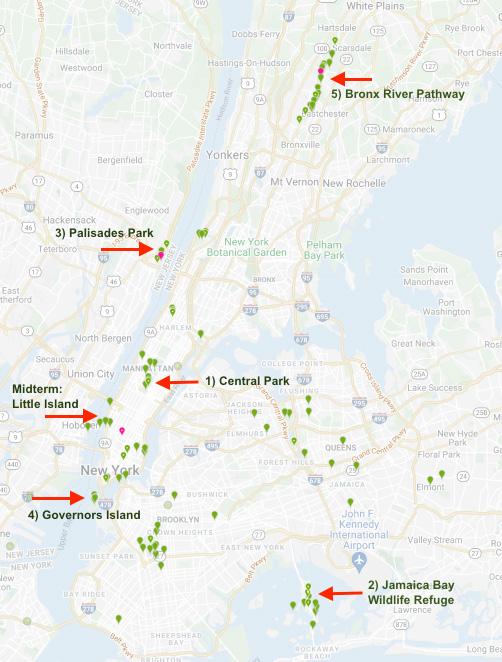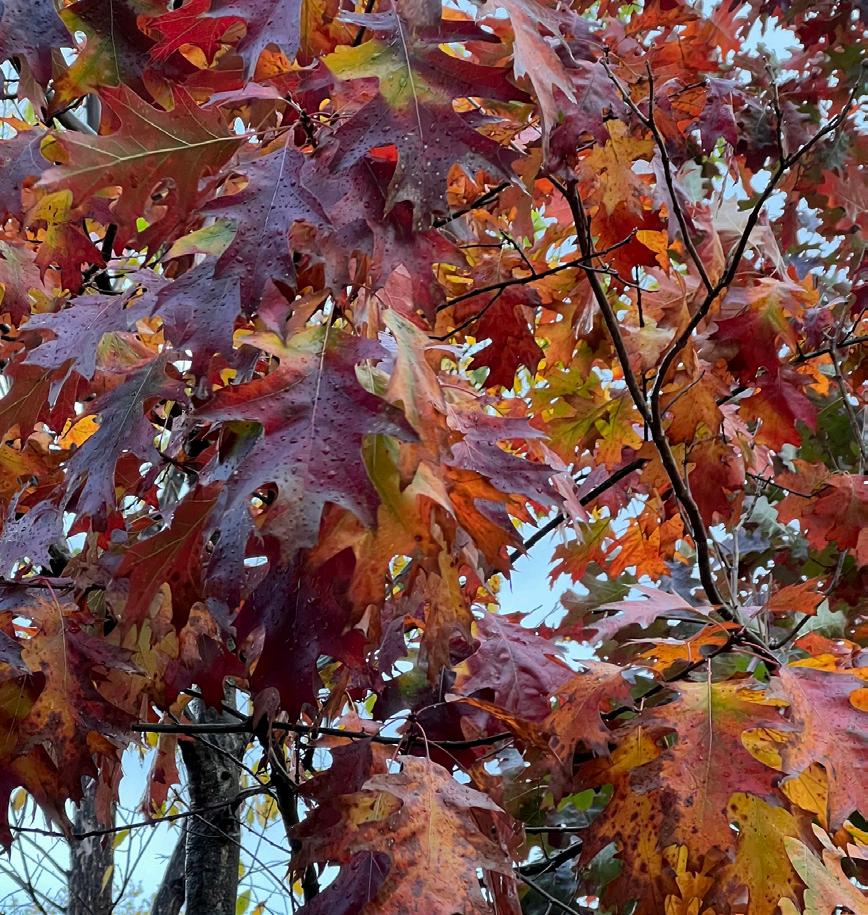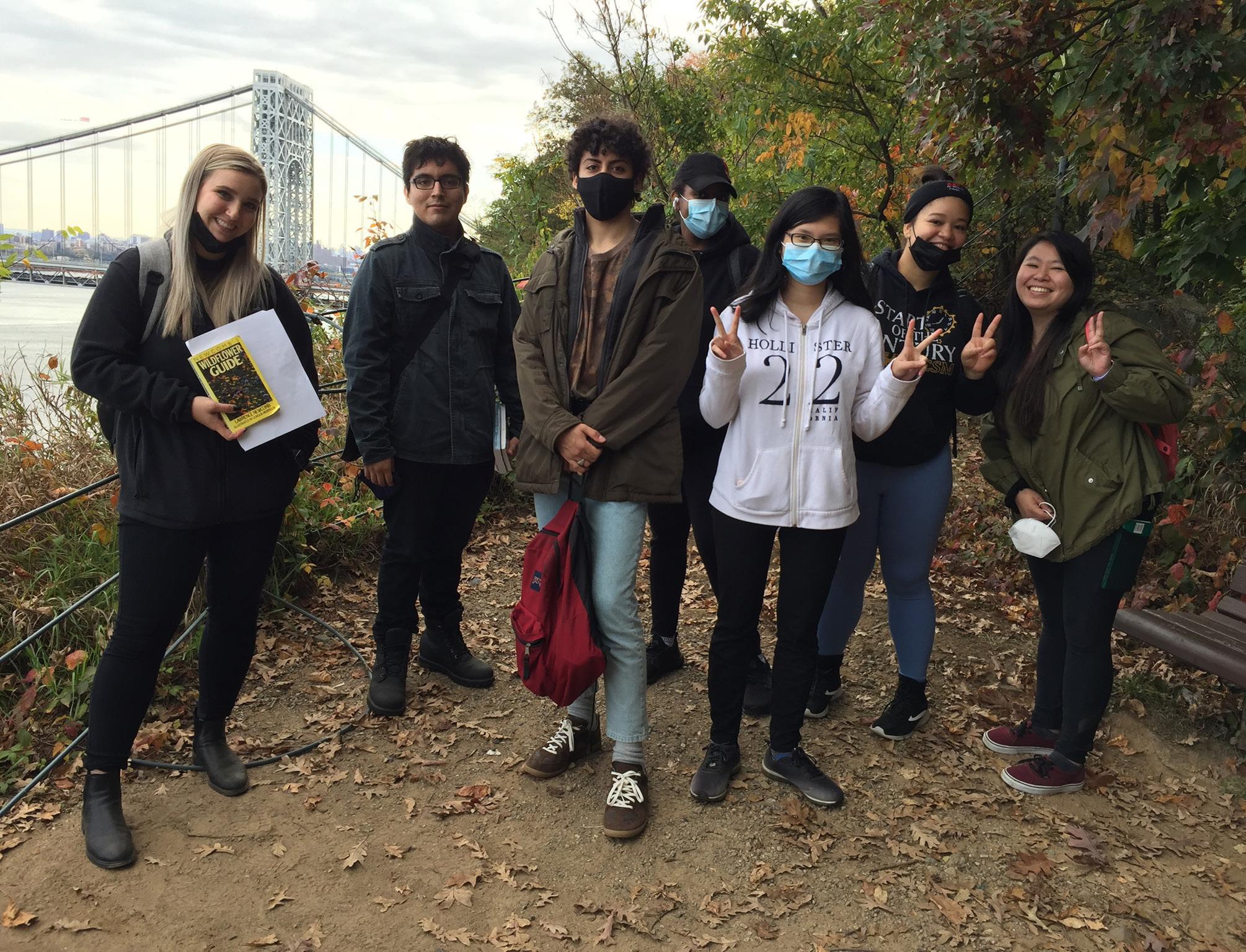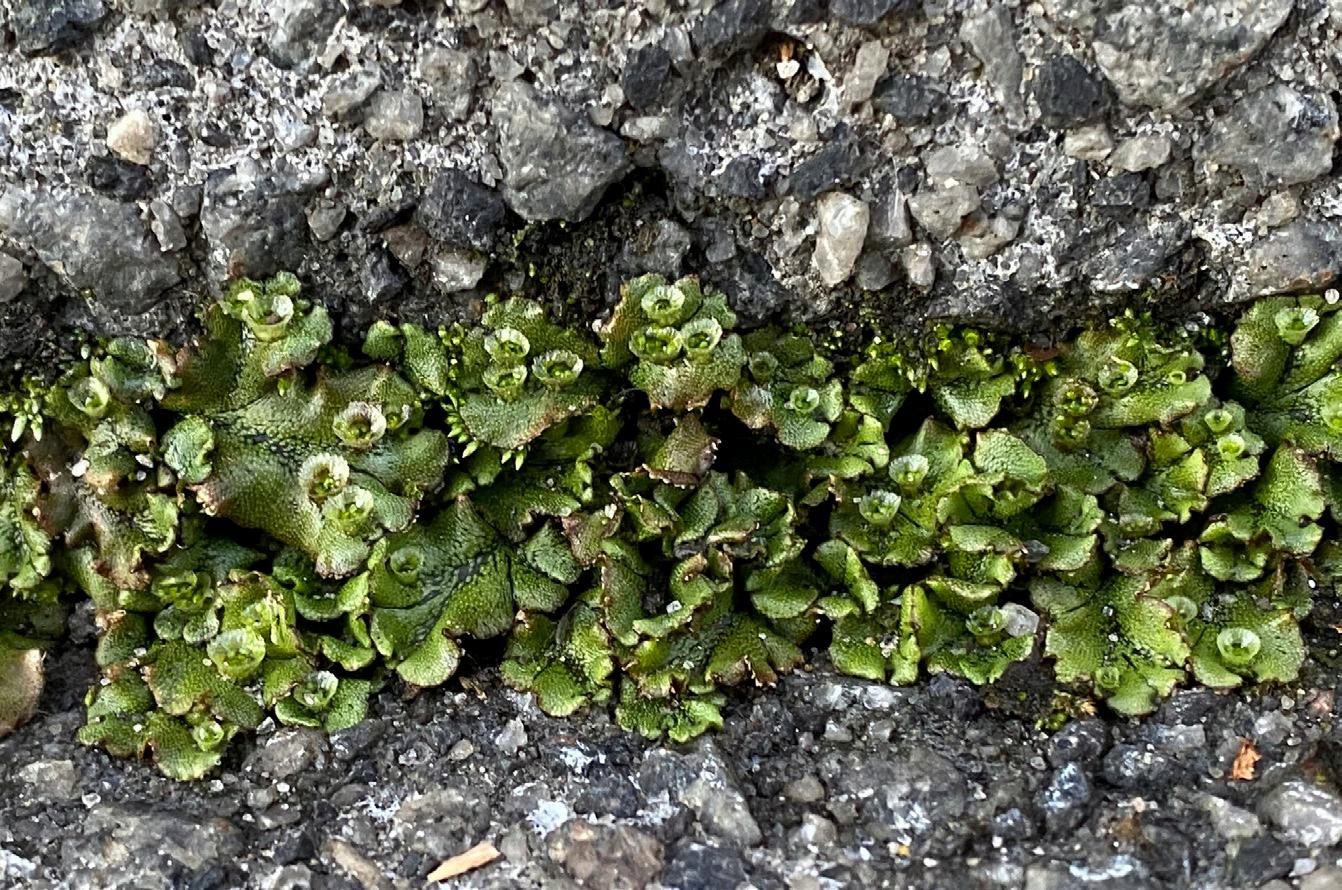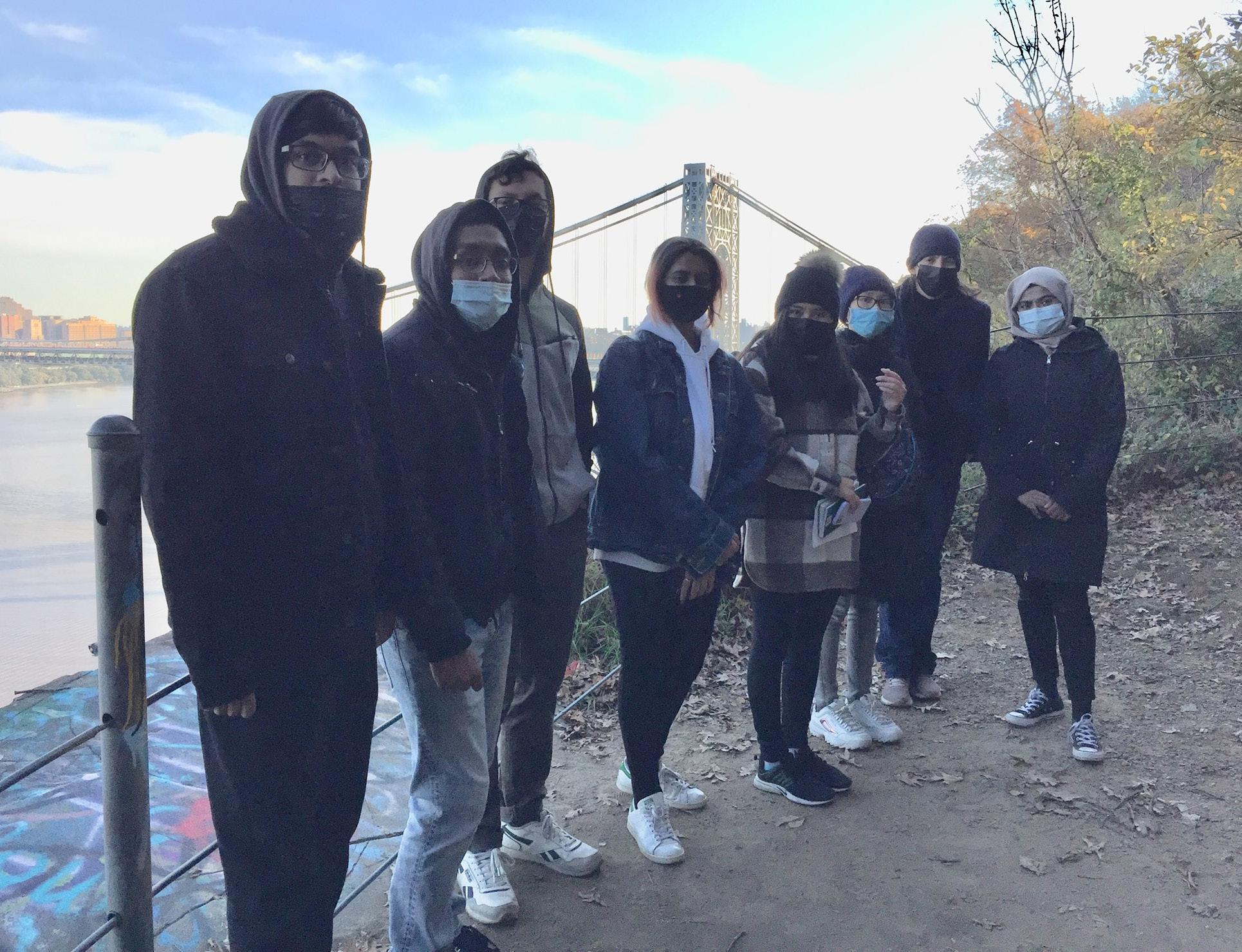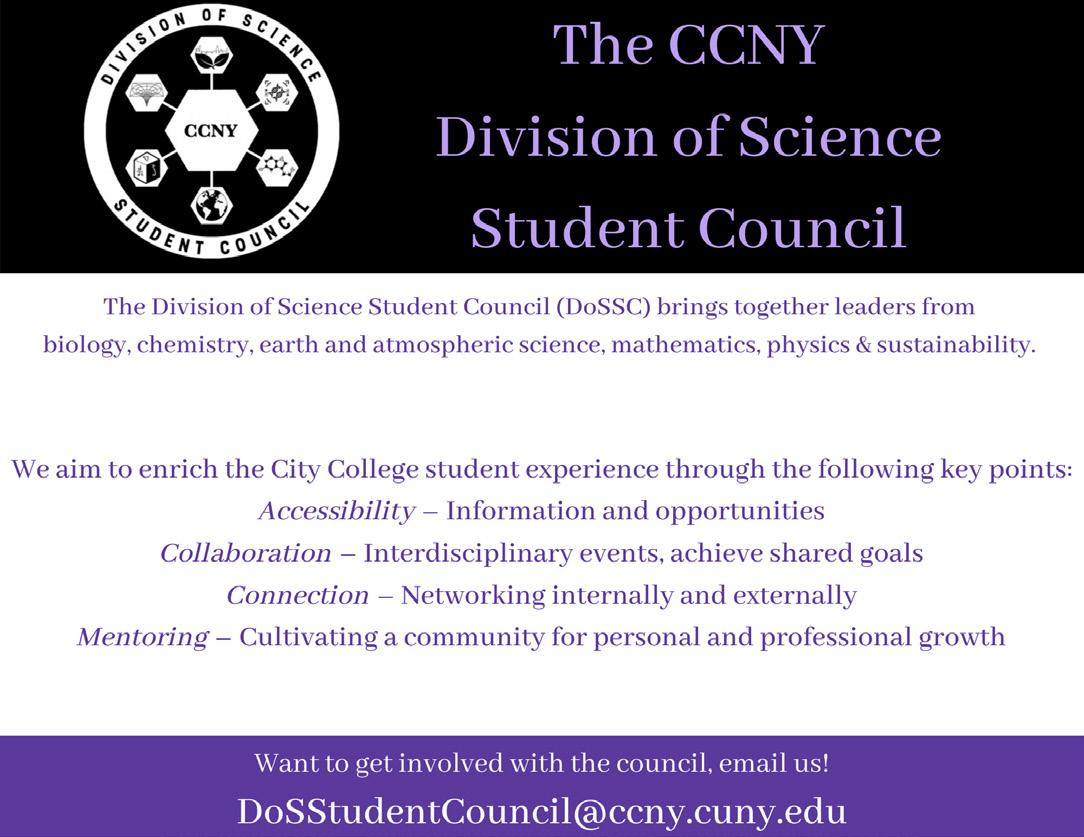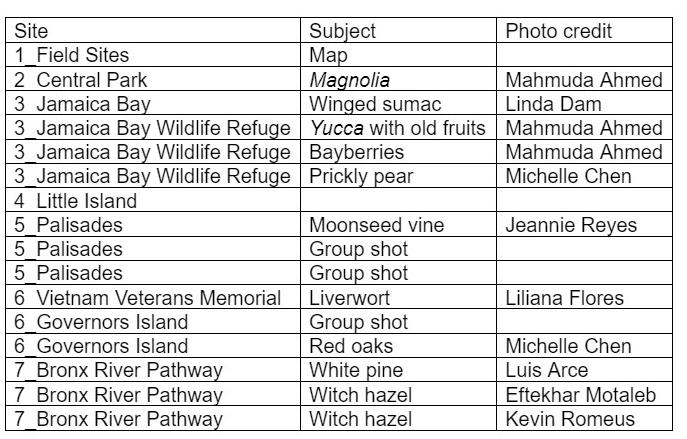
2 minute read
Botany Feature
Biology 34500 Botany Class Field Trips with Dr. Amy Berkov
Students must have been feeling pretty cooped up; this semester several suggested that we should take our field trips to places that they wouldn’t ordinarily see on their own. I happily complied; I love showing students the amazing places that we can get to with public transportation. Our field trip sites are shown superimposed on a map from the class iNaturalist project—which includes >1400 photographic observations!
Advertisement
We started out visiting fall bloomers in a new native flora meadow in Central Park (to test subway competence). En route, we passed a Magnolia—an example of an ancient angiosperm lineage (with unfused carpels). The next trip was to Jamaica Bay Wildlife Refuge, where we found a wonderful cohort of plants that thrive on sandy soils, including sumac, (caught in the act of changing colors), bayberry, prickly pear, and Yucca. You might notice that the Yucca in St. Nicholas Park produce flowers, but not fruit— presumably because the obligate moth pollinators are missing. Students then visited Little Island, NYC’s newest park, for their midterm practical—Botany Bingo. The following week we made the surprisingly long trek across the GW Bridge to the Palisades, where, among masses of climbing and scrambling vines, we found a moonseed. This plant produces a toxic/potentially medicinal alkaloid, dauricine, and is in the same plant family as the plant that provides curare, used in arrow poison in the Neotropics!
For our next field trip we took the ferry to Governors Island. The special extra credit challenge was the almost invisible liverwort growing in the cracks of the steps at the Vietnam Veterans Memorial, near the Manhattan ferry landing. Liverworts completely lack stomata (other ancient nonvascular plant lineages, mosses and hornworts, include some genera with stomata). The small “bird nest” structures are called gemmae cups; they hold fragments of tissue that allow asexual reproduction. This is probably a good strategy, considering that sexual reproduction requires raindrops to “splash” sperm to the eggs. Once we got to Governors Island, we spent part of the afternoon sheltering from thunderstorms—before we were caught in the hail (a field trip first). Nonetheless, we found some colorful red oaks, maples, Catalpa, and bald cypress (a deciduous conifer). Our final field trip was to the Bronx River Pathway. Among abundant invasive species, we found towering white pines, tulip trees, and beeches, and our remarkable winterblooming woodland shrub, witch hazel!
Here is a listing of several field trips and photo credits. Some of these photos are used throughout this issue of the newsletter.

